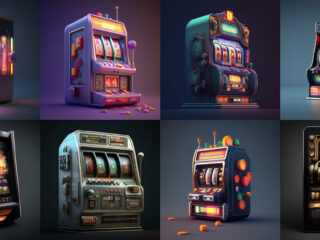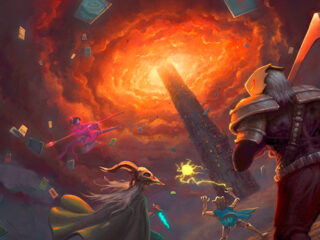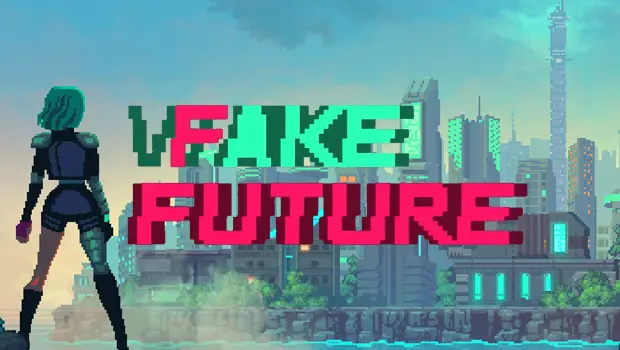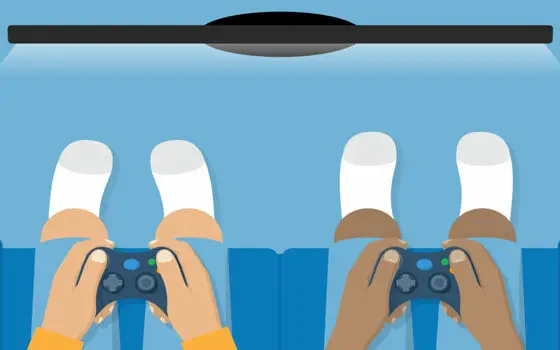Is This the Real World?
Fake Future is the debut title of Chinese publisher Yuzun Technology. A post-apocalyptic sci-fi town management sim, it succeeds where many other mobile games fail. This is due to its unique gameplay, great music and intriguing story.
Yuzun’s game takes place more than 100 years in the future after a mysterious Alien Colossus nearly wiped out humanity. After waking up from cryosleep in an abandoned space station, protagonist Hope dispatches androids called Cyberoids to the planet’s surface. These Cyberoids are copies of real people and even have their real memories. However, they are programmed to think they are human, and discovering the truth is enough to trigger an immediate mental breakdown. It’s also unclear to which degree Fake Future‘s Cyberoids possess free will.
“What is real” is also a recurring question throughout the game. The Cyberoids are all based on the space stations’ inhabitants, who perished in an unknown disaster before Hope woke up. Meanwhile, there is a locked room on the station, and the game makes it clear that Hope’s Mentor is keeping secrets from her. Fake Future also includes some not-too-subtle hints that there might be more to Hope than meets the eye.
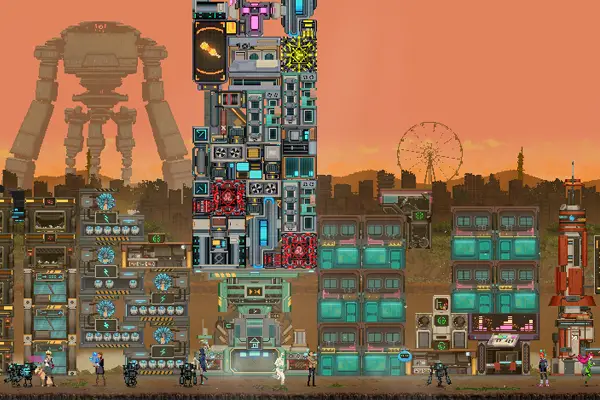
Reality Check
Uncovering the history of Fake Future‘s world is also a big part of what makes it interesting. Each Cyberoid has a detailed biography describing their personality and the life of the person they are a copy of. There are also plenty of archive entries and pages of Hope’s journal for players to unlock and read. I can’t say I read every line of text in the game, but it’s interesting enough to give each entry a cursory glance.
If I had a complaint about the writing, it’s that the game is a little too meta for me. The game directly references Chat GPT multiple times, and there is a lot of dialogue about “if this was a video game.” Fake Future‘s writing somehow manages to feel like it’s too on the nose while also being bad at making its point. I think the game wants to talk about recent developments in things like AI art and chatbots. However, it felt more like Fake Future was throwing out references than making a statement.
On the other hand, Fake Future‘s music went a long way to keeping me engaged. I’m not a music critic, but Fake Future‘s soundtrack is very impressive. My only complaint is that the best song is probably the main theme that plays when you launch the game. However, since it never comes up during regular gameplay, you don’t get to hear it very often. Still, the other tracks are nice too, and add a lot to the experience. The pixel art also deserves much praise, with each Cyberoid being visually distinct while maintaining the same general style.
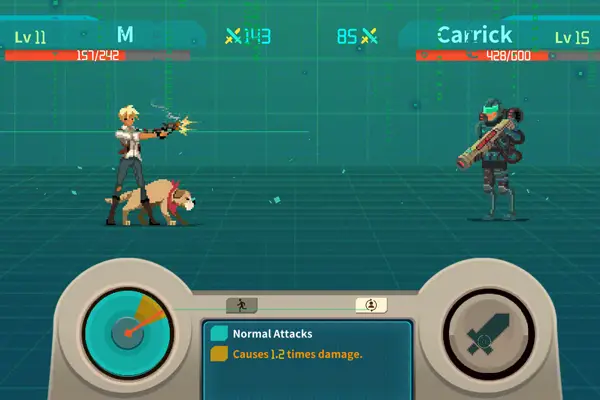
Do Androids Dream of Little Apartments?
However, none of that would be enough if the gameplay didn’t stand out. Fake Future consists of two main parts, Base and Adventure. Adventures see Cyberoids explore the world in a 2D horizontal environment. They can gather, talk to NPCs, or fight enemies. Unfortunately, combat is more of a minigame than a core mechanic. The characters face off, and the player presses a button in time with a spinning needle. There is nothing else to it.
It’s clear to me that town management is the core of Fake Future. Buildings come in variously-shaped modules the player can stack on top of each other. Any building can go on top of any other, provided they are physically the right size and shape. Most are squares or rectangles, but more exotic shapes require a bit of puzzle-solving if you want everything to fit.
A few buildings, including the starting Control Center, are also Infinite Towers. Players gain new modules through random draws and can add them to the tower for various bonuses. It’s the same basic puzzle as the standard building placement but gives players more options in terms of creativity.
The actual town management side of things is pretty simple. Building Apartments increases your population cap, while protection buildings produce refined materials for trade or construction. Meanwhile, constructing amenities increases the base’s Prosperity level, increasing the maximum number of apartments. It’s not the deepest system imaginable, but it works.
Fake Future isn’t going to appeal to hardcore city builder fans. However, if you’re looking for a fun, casual experience with decent storytelling and light puzzle solving, it’s worth trying out.
Is It Hardcore?
Summary
Fake Future is a fun town-building game with a cool story and a unique twist on the usual formula.


